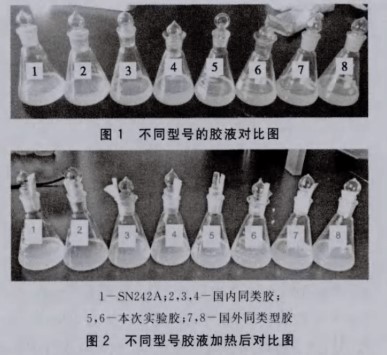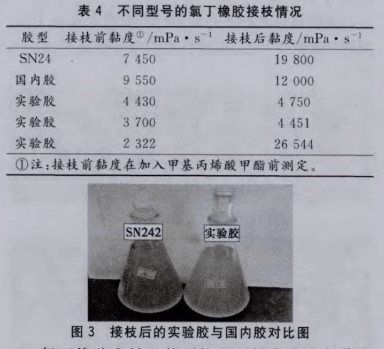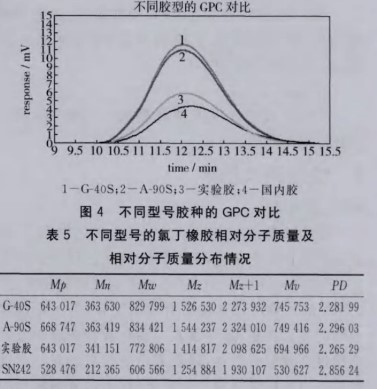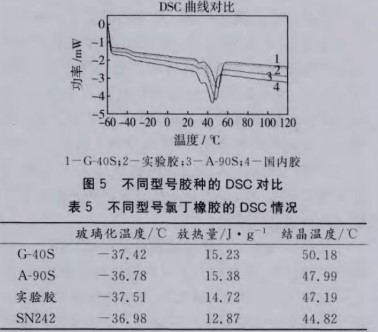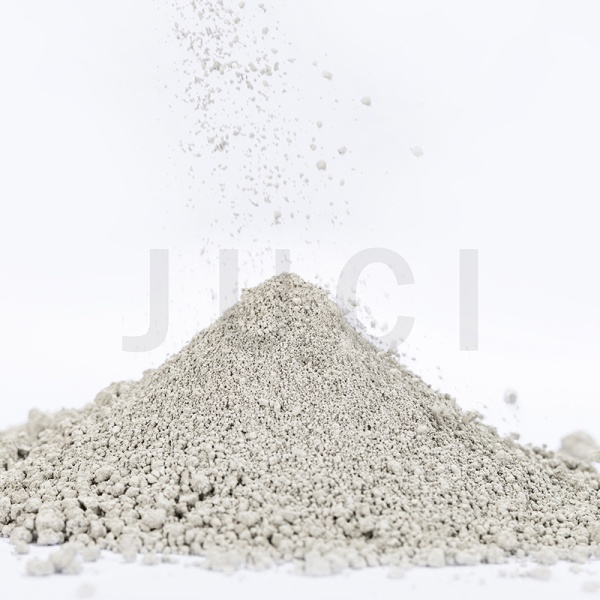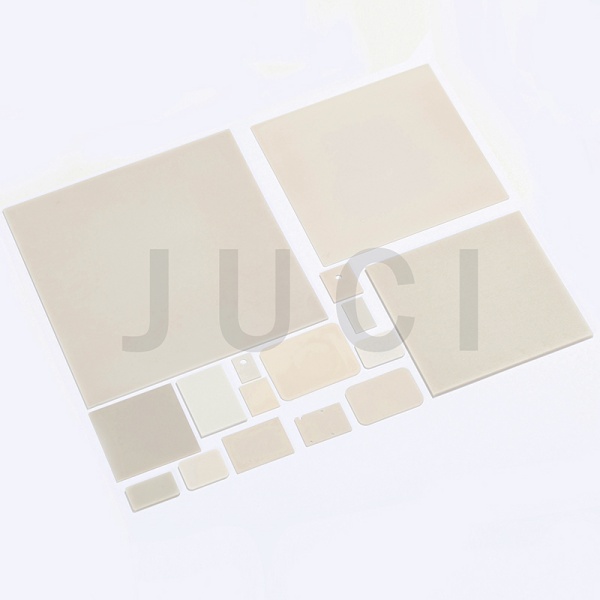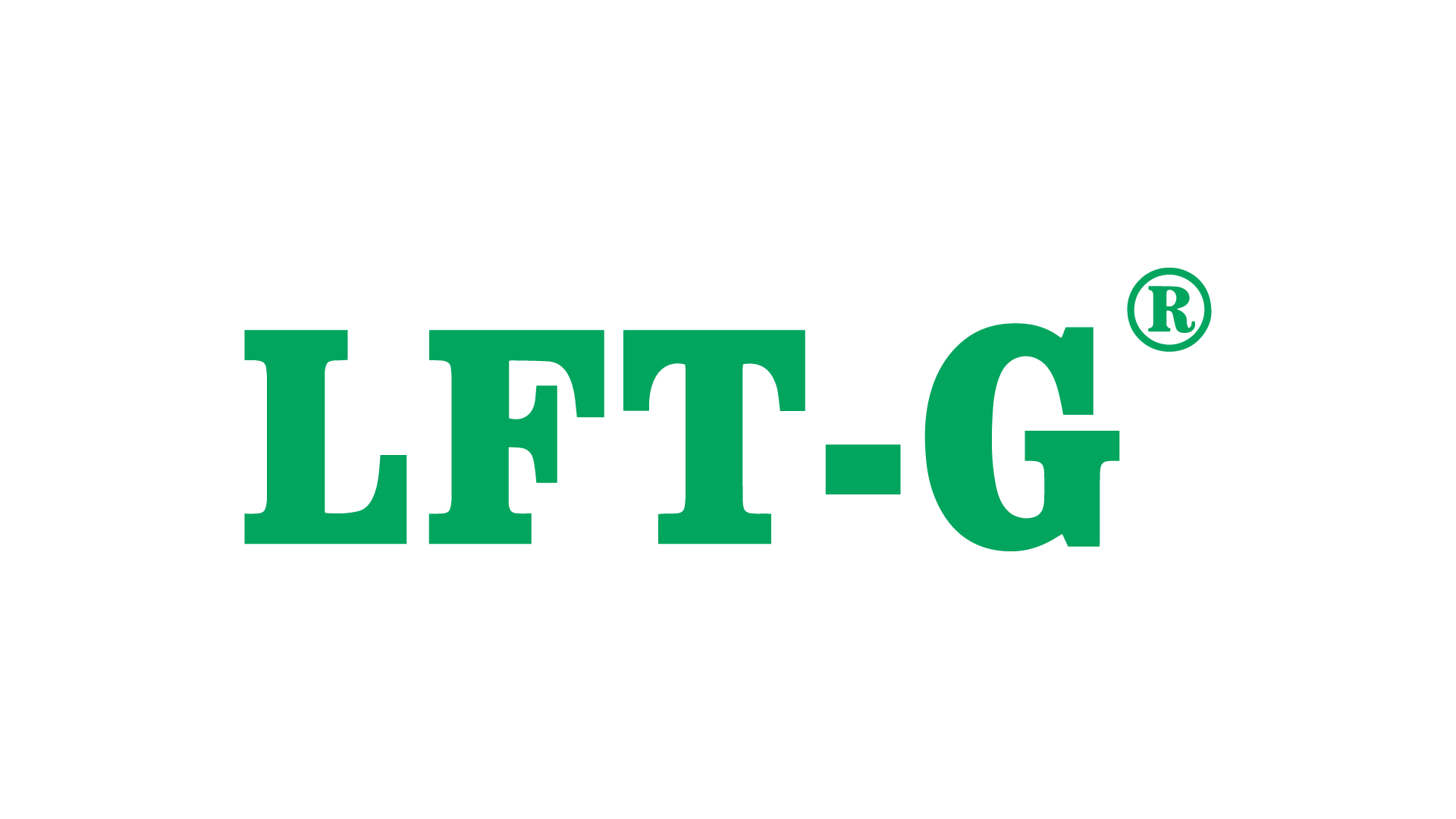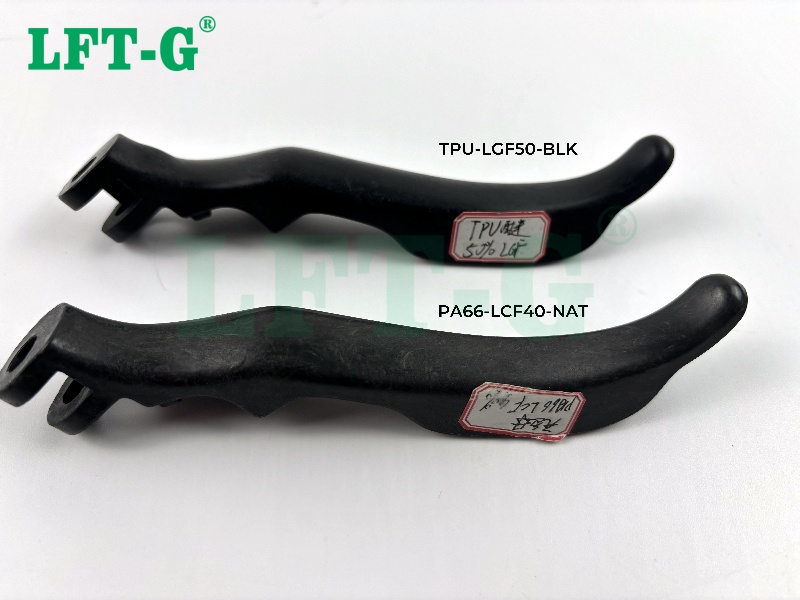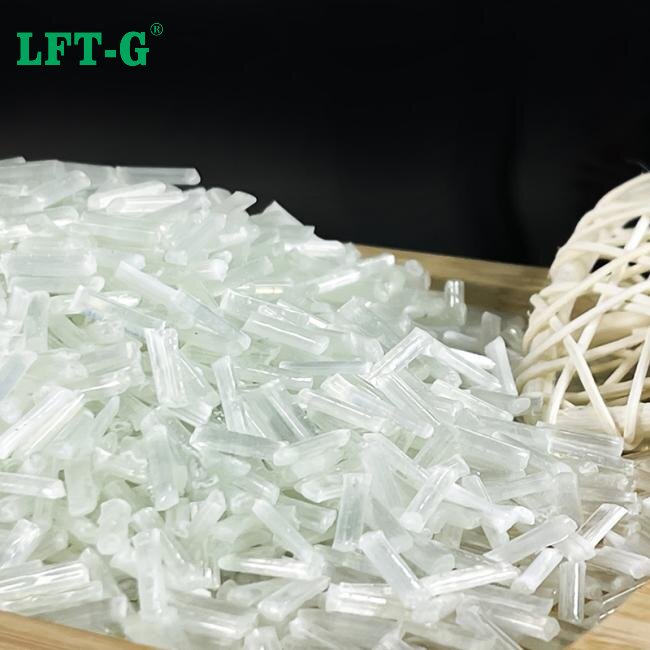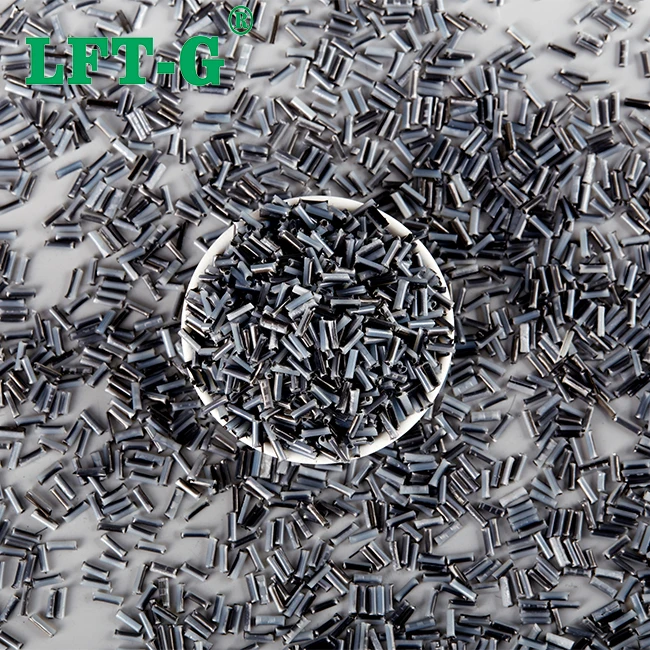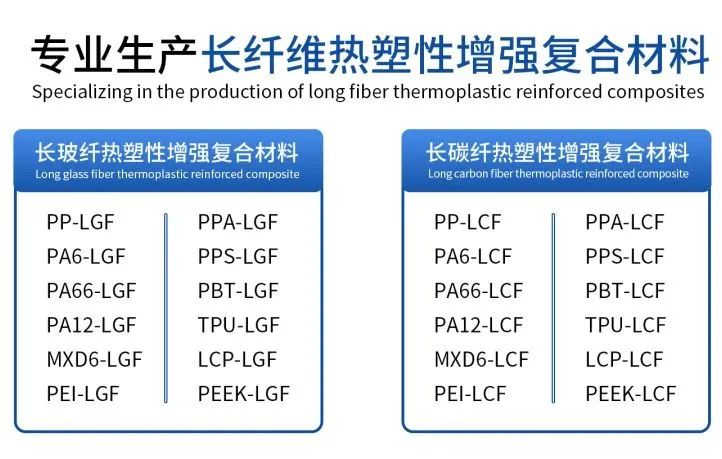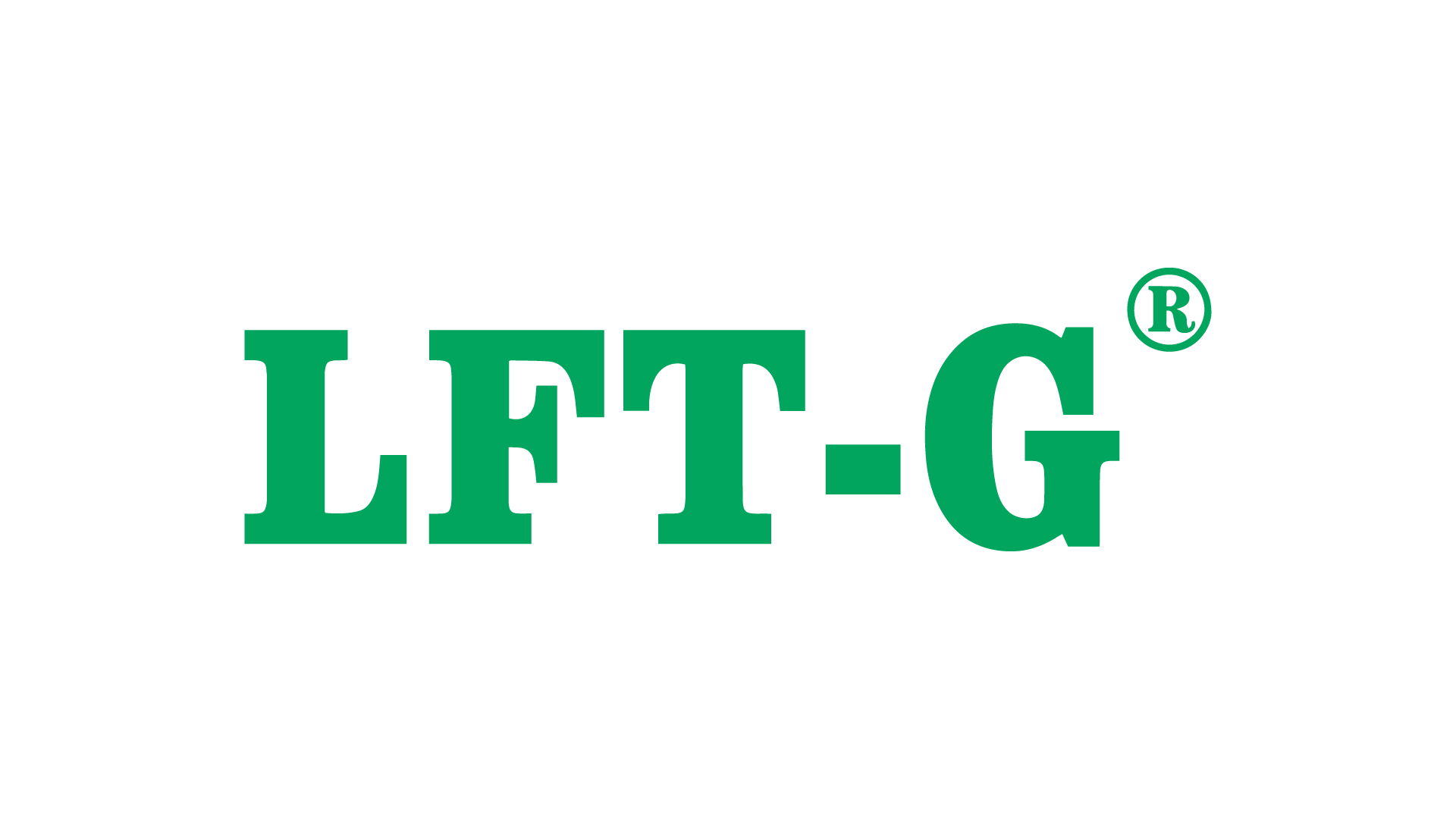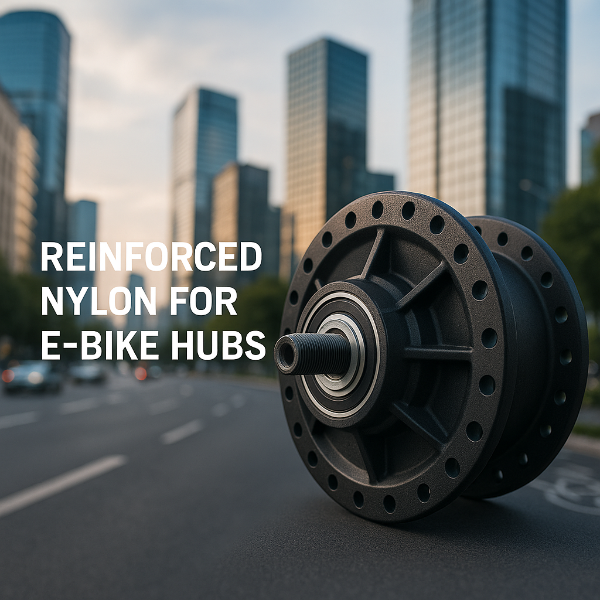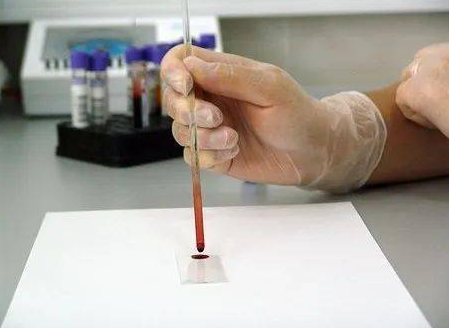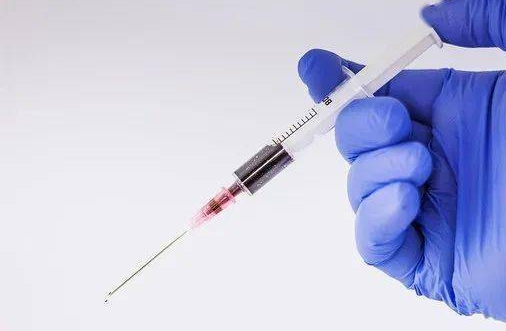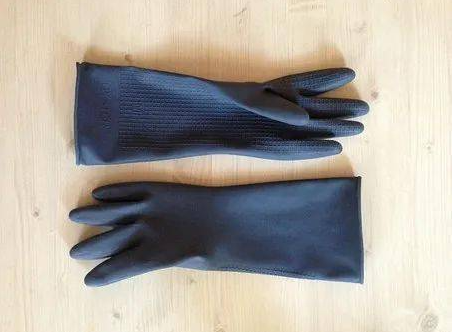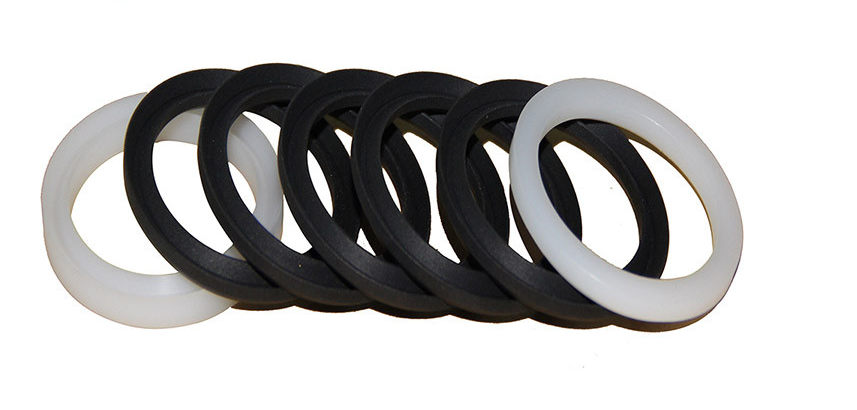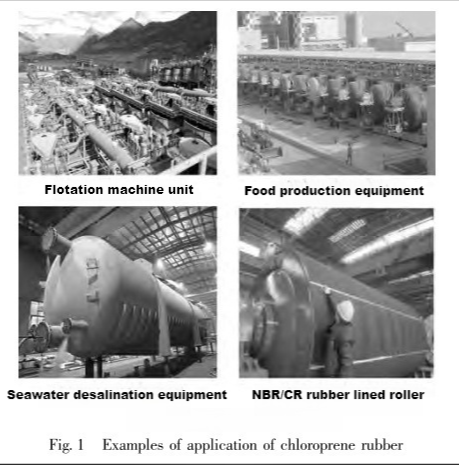Chloroprene rubber (CR) is an important variety of synthetic rubber. It stands up well to light, aging, flexing, acids, bases, ozone, flames, heat, and oil. It also has good physical and electrical properties. Its comprehensive performance is unmatched by natural rubber and other synthetic rubbers. It is widely used in defense, transportation, construction, light industry and military industry. Chloroprene rubber has several uses. It's a key element in making auto parts, machinery, industrial items, and adhesives. You'll also find it in construction materials, coated fabrics, and wire and cable insulation. By itself, chloroprene rubber is used to create rubber harness clips and shock absorbers for cars and farm equipment. Initially, chloroprene rubber from Japan's DENKA and Japan's Toyo Soda was used. Later, due to the increase in raw material prices and the restrictions of the procurement cycle, a series of research and development work on the replacement of imported chloroprene rubber with domestic chloroprene rubber was carried out. Finally, the replacement goal was successfully achieved, and some process and formula problems of domestic chloroprene rubber in the use process were solved.
1. Neoprene rubber model
Imported neoprene rubber model: Denka M120 Chloroprene Rubber, a product of Japan DENKA, light-colored blocks; B-10, a product of Japan Toyo Soda, light-colored blocks. Domestic neoprene rubber model: CR3221, a product of Chongqing Changshou Chemical Co., Ltd. Polychloroprene Rubber CR3221 is a chloroprene polymer with sulfur and diisopropyl xanthate disulfide as mixed regulators, with a low crystallization rate, a relative density of 1.23, beige or brown blocks, and a non-polluting type.

2. Production process performance comparison
Imported neoprene handles better during production. For example, the raw rubber pieces do not stick together, even after baking, which makes them easy to measure. The process is smooth; it does not stick to the roller, so removing it is simple. The semi-finished film is stiff and holds its shape well.
Domestic neoprene does not perform as well. The rubber pieces tend to stick, especially after baking. The rubber also sticks to the roller, which makes removal hard, and the semi-finished film sticks easily and loses its shape.
Despite these things, domestic neoprene has some benefits. It mixes powder faster and with less effort in both internal and open mixers. Rubber from Japan is harder to mix. In the open mixer, M-120 can even fall off the roller at first. The internal mixer requires more effort and time, especially in the winter. Domestic mixed rubber still works well after being stored for a long time. Rubber from Japan, especially M-120, gets hard and loses its flexibility after two to four weeks.
Tests show that production methods that work for imported neoprene do not work well for domestic neoprene. The original method needs some changes. If not, it will be hard to make it work for production, even when the physical and mechanical qualities meet the standards.
3. Conclusion
Compared with Japanese chloroprene rubber, domestic chloroprene rubber CR3221 has lower Mooney viscosity and greater viscosity, which is more favorable for mixing and powder consumption, and can significantly reduce the operation time, but the processability is poor and the operation is difficult. If the temperature is not well controlled, the operation is improper or the rubber is over-mixed, it may cause the roller to stick or even fail to unload normally. By selecting the correct process conditions and methods and adjusting the formula appropriately, it can fully meet the production needs.
Website: www.elephchem.com
Whatsapp: (+)86 13851435272
E-mail: admin@elephchem.com

